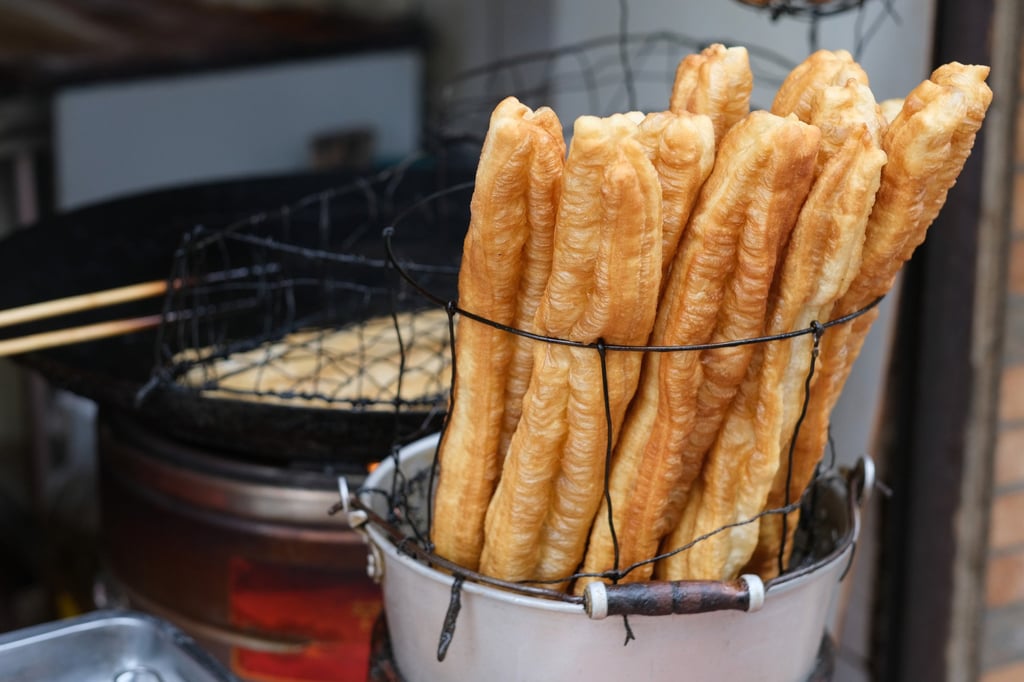Did churros, beloved in Spain and Portugal, come from China, where fried dough sticks have been eaten for centuries?
- It’s been suggested churros came from China via Portuguese traders in the 1500s – and also that the Portuguese took churros with them to China
- However, most scholars say churros and Chinese fried dough sticks are more likely to be distant cousins with a common ancestor, the Arabic zulabiya

Fried dough is almost ubiquitous. Different cultures put their own spin on it, but it’s popular because it’s stomach-filling, delicious and cheap to make.
In Spain and Portugal, people munch on churros – long, golden-brown knots, curls or strips of deep-fried dough, which they dip in chocolate. In China there’s something similar – fried dough sticks called youtiao, which can be eaten with congee or sandwiched in flaky pan-fried bread.
Are they related, and if so to what extent? It’s been suggested that churros came from China via the first Portuguese visitors to its shores in the 1500s. But many food scholars think this is a myth, citing recipes in Andalusian cookbooks that predate the first contact between Portuguese and Chinese, which culminated in the establishment of Macau, a Portuguese enclave on Chinese soil, in 1557. Other scholars believe that youtiao and churros are indeed distant cousins, with one likely common progenitor: the Islamic zulabiya.
Spanish chef Jose Antonio Navarro Cortes, who worked for years in Hong Kong at La Paloma restaurant and is now living in Mula, in Spain’s Murcia region, believes that churros have been influenced by China.

“The Portuguese likely brought the concept to Spain and through the centuries we mastered the technique to make them. In some parts of Mexico they say they are the creators of them, but I think we mastered a recipe originating in China. While living in Hong Kong I’ve seen the Chinese ‘churros’ and basically it is the same concept but I think older,” says Navarro, who now works with the UK-based Iberica Restaurants.